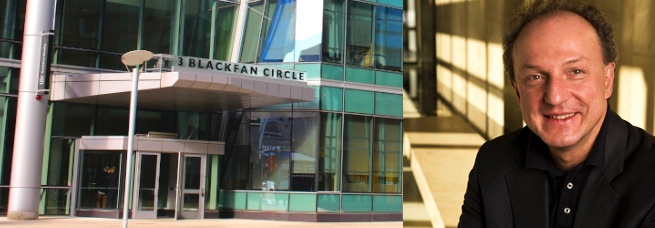BOSTON – Pier Paolo Pandolfi, MD, PhD, a world-renowned researcher on the genetics and biology of cancer, has been named Director of the Cancer Center and the new Cancer Research Institute at Beth Israel Deaconess Medical Center (BIDMC).
Pandolfi, the 2011 recipient of one of the world’s most prestigious cancer research awards, is credited with curing acute promyelocytic leukemia (APL), a once deadly form of leukemia, and is at the center of some of the most promising breakthroughs in the race to prevent, treat and cure cancer.


